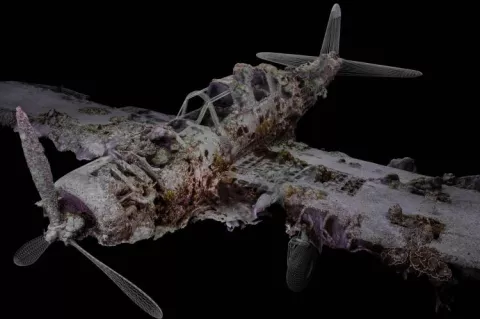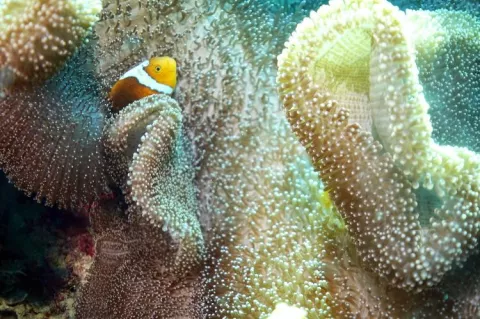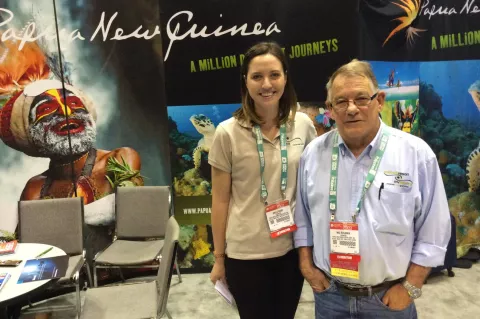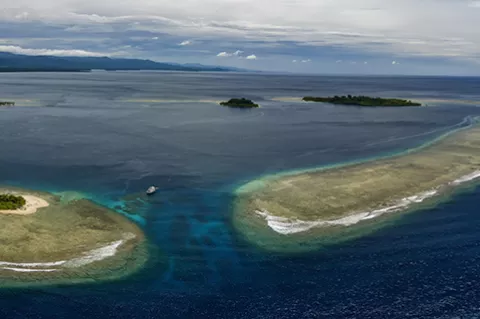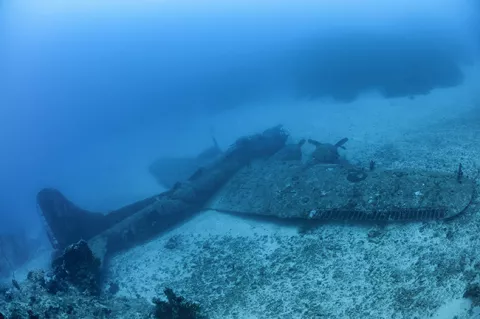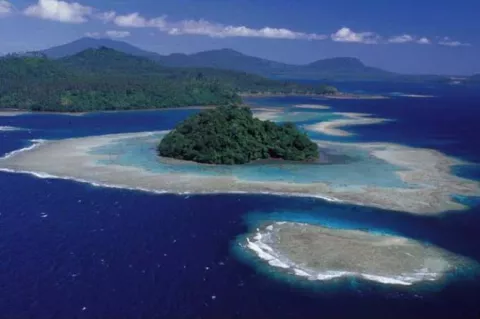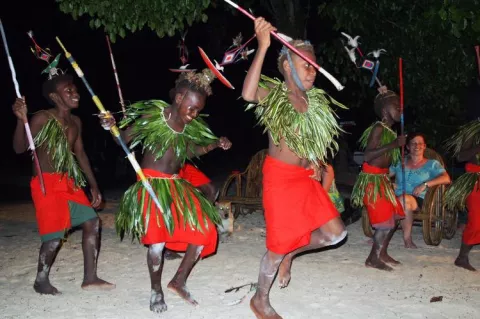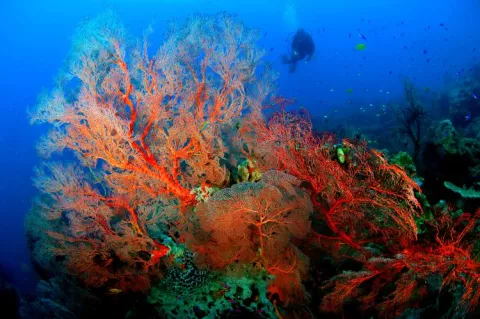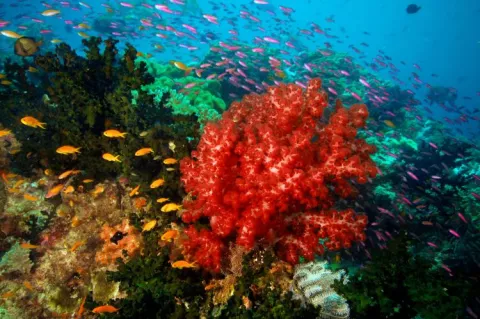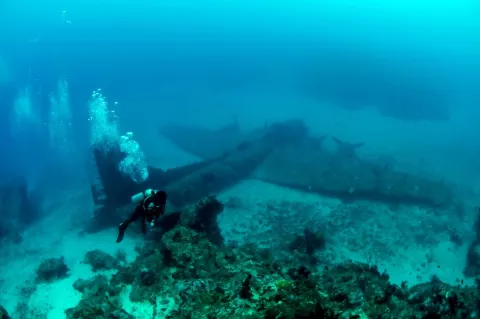Awakening the Past: Reimagining Kavieng's Ghosts of the Machines
There is a huge potential for wreck photogrammetry in Kavieng and the neighbouring large island of New Hanover in Papua New Guinea, for it is here that one can find several notable wrecks of WWII aircraft. Don Silcock shares his experience working with technical expert Sean Twomey in an initiative to capture photogrammetry imagery of the wrecks before they succumb to the ravages of time and eventually disappear.

